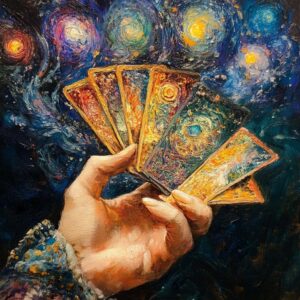
Tarot Card Art and Design is a fascinating exploration of the visual and symbolic language that brings Tarot cards to life. Each Tarot deck is a work of art, with its unique illustrations, colors, and symbols that convey deep meanings and emotions. The design of Tarot cards is not just about aesthetics; it's an integral part of the reading experience, influencing how we connect with the cards and interpret their messages. In this article, we will delve into the evolution of Tarot card art and design, from the classic decks of the past to the innovative and diverse creations of today. We will explore how artists and designers infuse their visions into the cards, creating decks that resonate with different audiences and offer new perspectives on the ancient wisdom of Tarot. Whether you're an art enthusiast, a Tarot reader, or simply curious about the visual beauty of Tarot, this journey into the world of Tarot card art and design will inspire and captivate you.
Tarot cards, those ornate and mysterious cards, are primarily known as a versatile tool used for card readings, both for fortune-telling and as a therapeutic and transformational tool. But beyond being a powerful instrument, Tarot cards are also stunning works of art, presenting a whole world of symbols, imagery, and stories.
The design of Tarot cards is a fascinating field that combines art, design, spirituality, and psychology. In this article, we will embark on an intriguing journey into the world of Tarot card design, examining different approaches to card design throughout history and up to the present day. We will meet contemporary artists and designers, hearing from them about the creative process, sources of inspiration, and the challenges and joys of designing Tarot cards. We will discuss how card design impacts the reading experience and see how it can contribute to creating a deep emotional connection and ease of interpretation.
Whether you are a long-time Tarot enthusiast, a beginner reader, or simply curious about the enchanting world of Tarot cards, this article invites you to join us on a captivating journey into the world of Tarot card design.
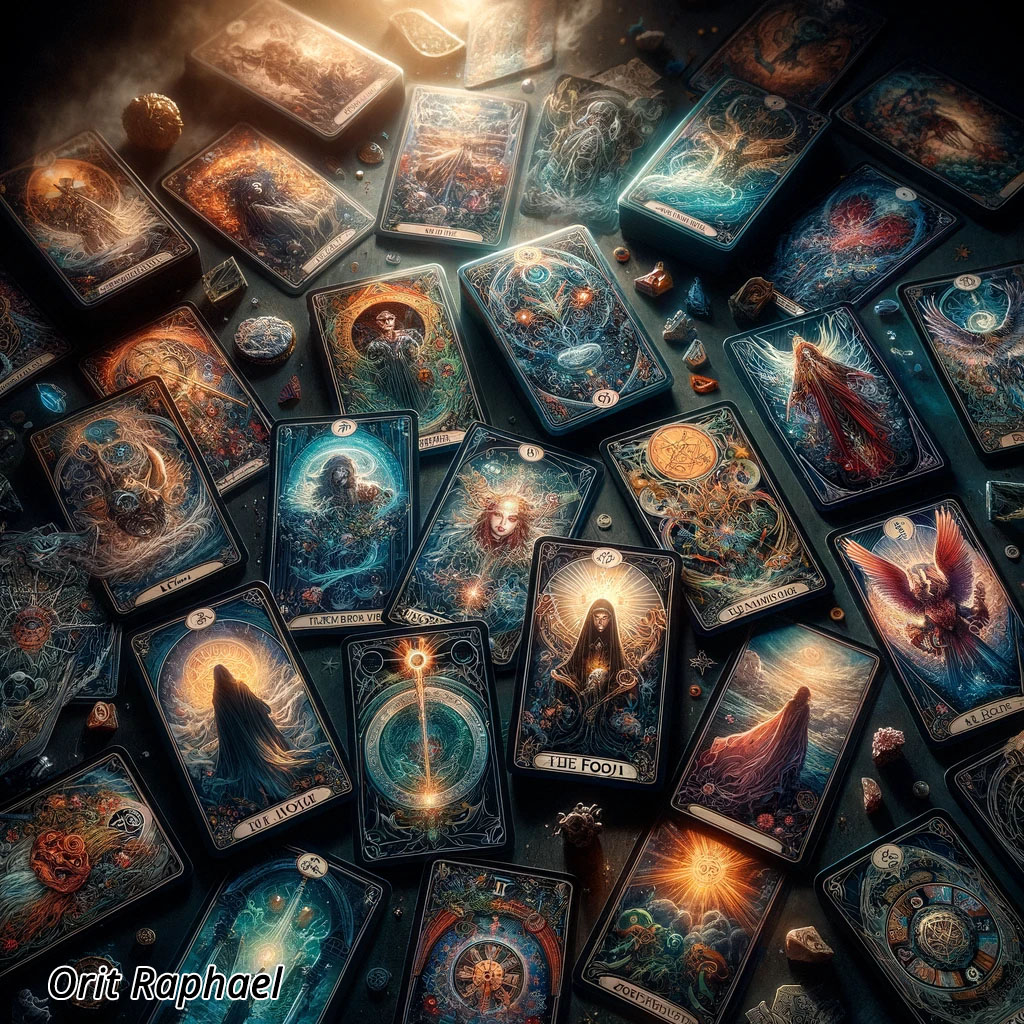
Tarot cards have come a long way since their first appearance in 15th-century Italy. Throughout history, the design of Tarot cards has undergone many transformations, reflecting the cultural, social, and artistic shifts of each era.
In their early days, Tarot cards were primarily used as playing cards, adorned with simple and symbolic illustrations. Over time, they began to be used for other purposes, such as card readings and magical rituals.
Key design styles evolved over the centuries:
The design of Tarot cards is influenced by numerous cultural and social factors:
The ongoing development of Tarot card design reflects the dynamism and vitality of the Tarot world. Tarot cards continue to be a versatile tool that blends art, design, spirituality, and psychology, offering a unique experience for every reader.
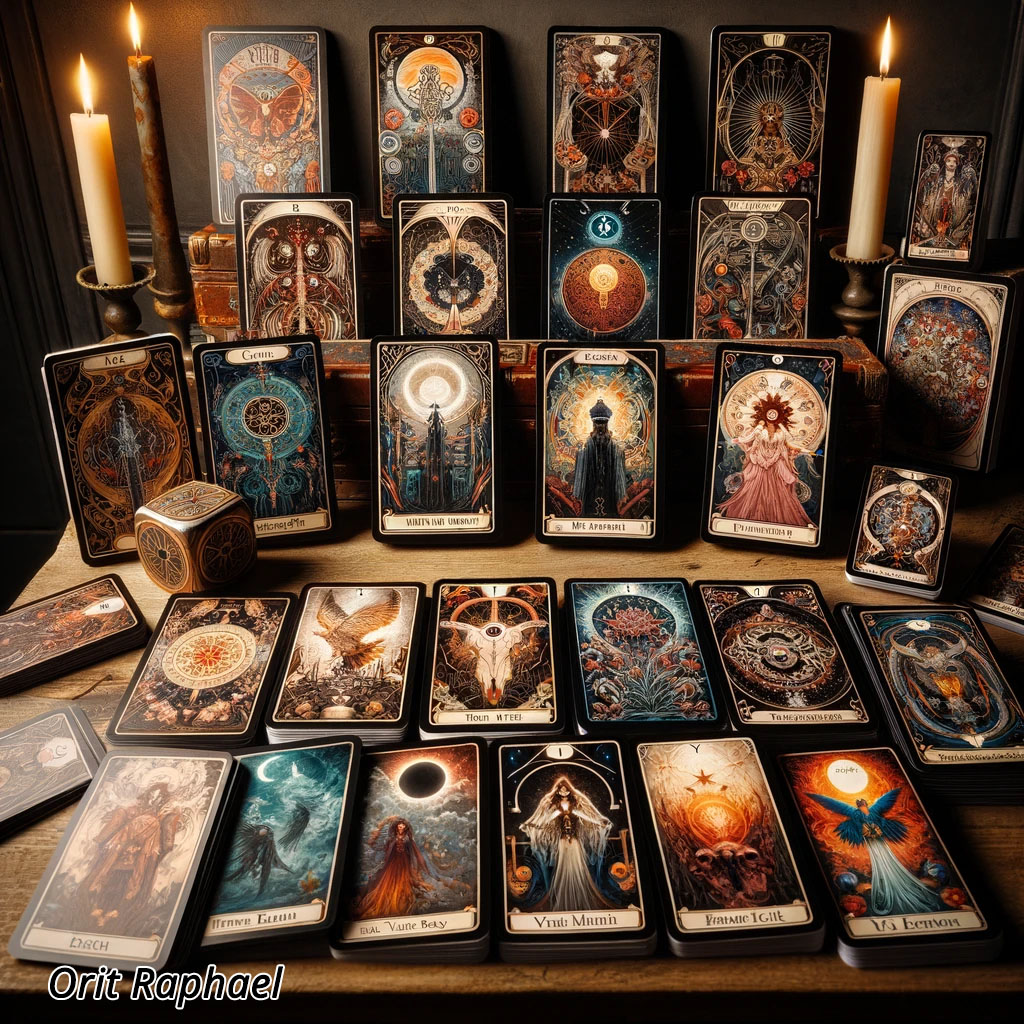
The world of Tarot card design has undergone significant transformations over the years, and today we witness a wide range of approaches and design styles.
Realism vs. Symbolism:
While many classic Tarot cards were based on a realistic style, many contemporary artists tend to incorporate more symbolism into their designs. This symbolism can be expressed through the use of colors, shapes, figures, and mythological imagery, creating a unique visual world for each deck.
Use of Color, Texture, and Illustration Techniques:
Contemporary artists employ a wide array of illustration techniques, ranging from hand-drawn art to digital illustration. The use of vibrant colors, unique textures, and diverse illustration techniques contributes to creating cards with captivating visual depth and sensory appeal.
Incorporation of Personal and Spiritual Elements:
Many artists integrate personal and spiritual elements into their Tarot card designs, aiming to create cards that reflect their unique worldview and personal connection to the Tarot. This integration may manifest through the use of figures or symbols with personal significance, or by incorporating spiritual and philosophical insights into the design.
The contemporary world of Tarot card design is diverse and fascinating, showcasing numerous approaches and styles. Modern artists blend realism and symbolism, utilize a variety of illustration techniques, and incorporate personal and spiritual elements, resulting in cards with visual depth, emotional richness, and profound meaning.
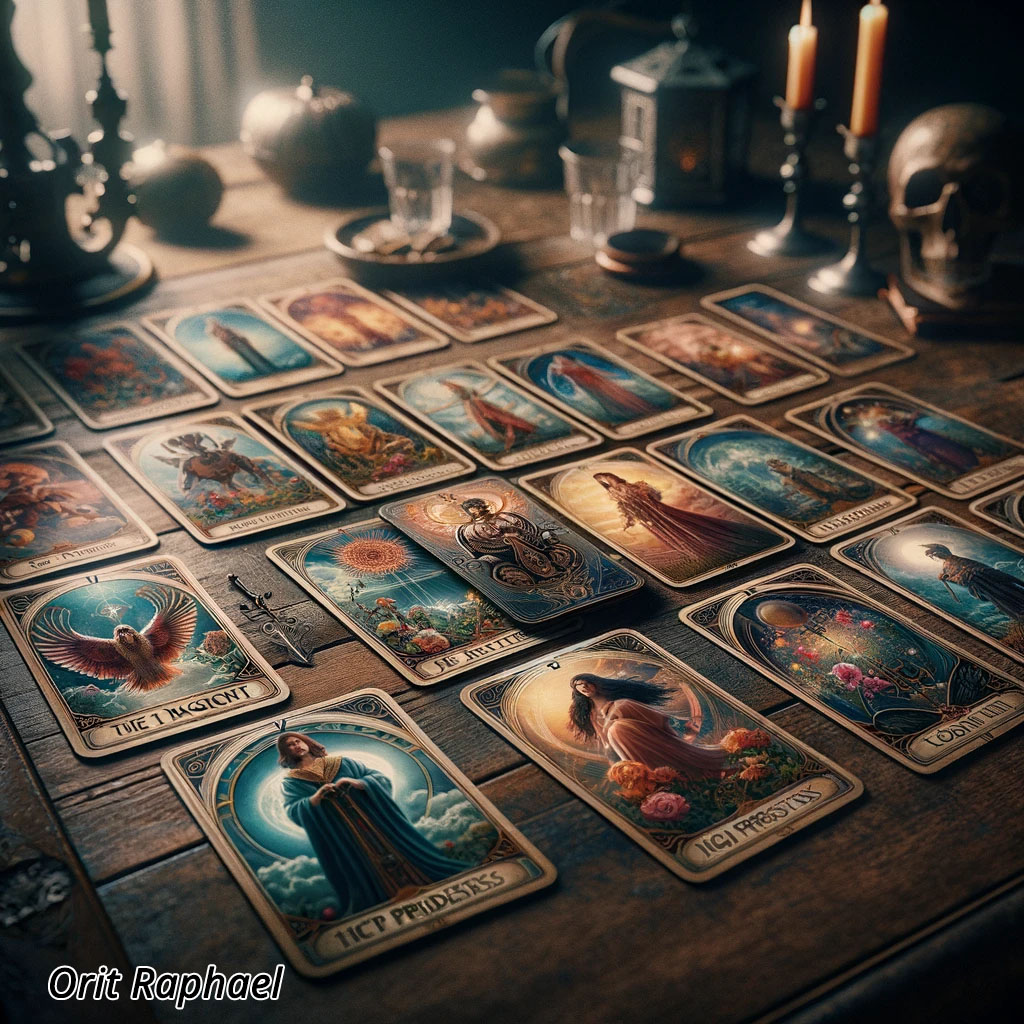
As part of our exploration into the world of Tarot card design, we interviewed leading artists in the field:
During the interviews, we discovered each artist's unique approach:
Challenges in Tarot Card Design:
Joy of Designing:
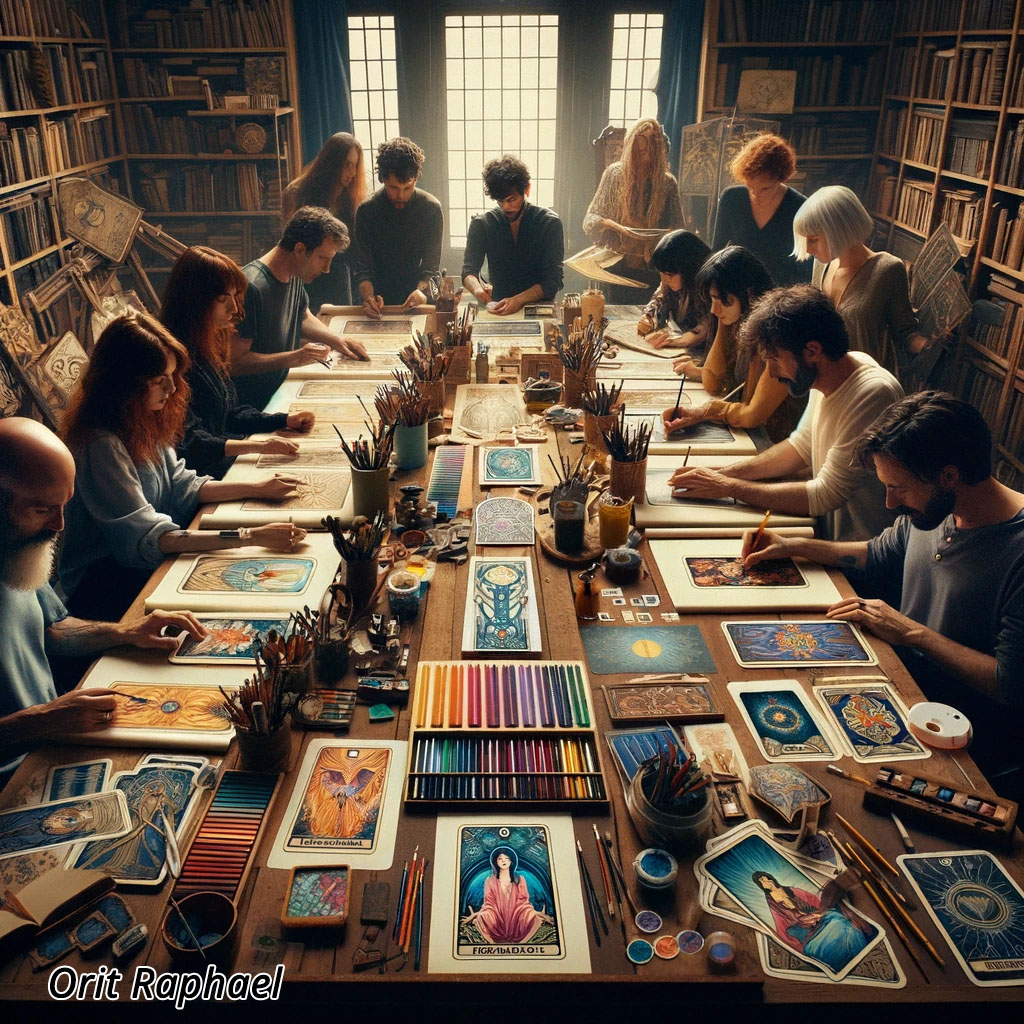
In this article, we journeyed through the fascinating world of Tarot card design, uncovering the various approaches, challenges, and joys involved in their creation.
We discovered that Tarot card design is a multifaceted field that blends art, design, spirituality, and psychology.
We interviewed contemporary artists and designers, including Kiran Yuen, Caitlin Kay, and C.J. Jones, gaining insight into their unique creative processes.
We learned that Tarot card design is not just about aesthetics; it's also a powerful tool for conveying messages, evoking emotions, and connecting to the spiritual realm.
We highlighted the importance of Tarot card design as an artistic and cultural element, reflecting worldviews, spiritual currents, and different historical periods.
We demonstrated how Tarot cards can serve as a versatile tool, both for card readings and as a therapeutic and transformational instrument.
In conclusion, the world of Tarot card design is a captivating and magical realm, offering a glimpse into the inner worlds of artists, personal stories, and diverse spiritual perspectives.
Tarot cards are much more than just a tool for games or readings; they are unique works of art that combine spiritual depth, personal expression, and groundbreaking creativity.

Orit Raphael, Tarot Reader for Personal Guidance, Insights, and Messages